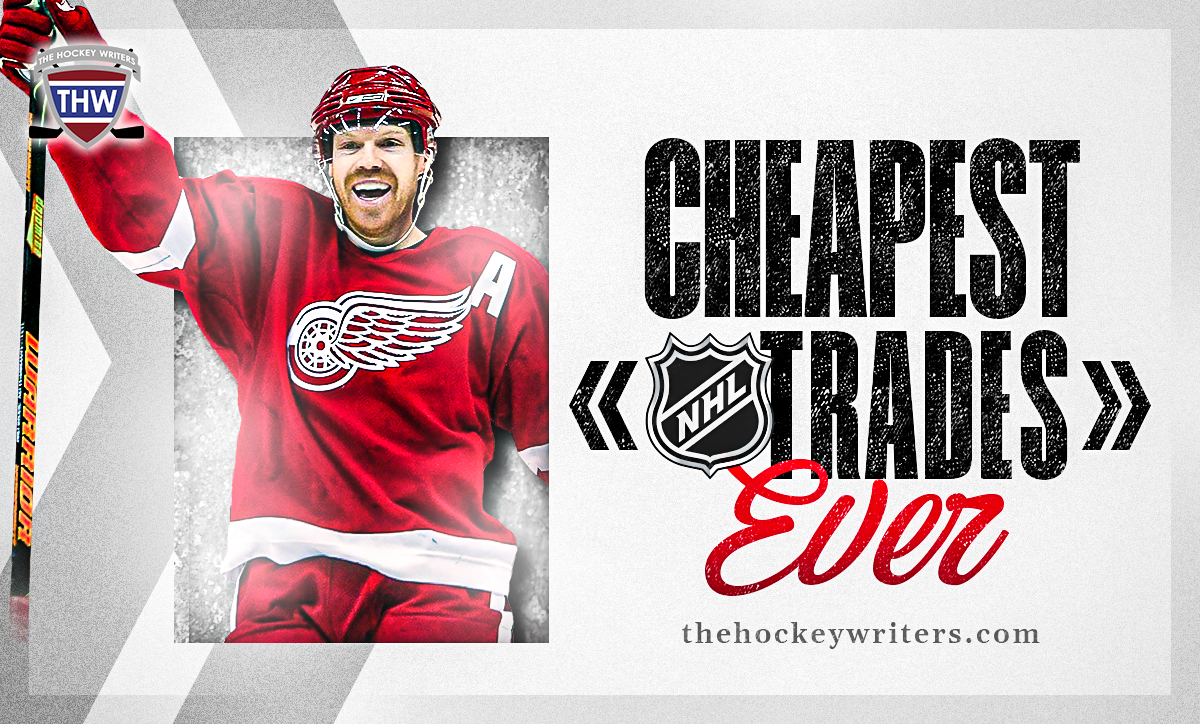

The world of NHL trades is often filled with blockbuster deals involving high draft picks, established stars, and promising prospects. However, amidst these high-profile transactions, some trades stand out for their sheer affordability and the unexpected value they brought to the acquiring team. Here are two examples of some of the cheapest trades in NHL history that defied expectations:
Ray Sheppard to the New York Rangers (1990)
In July 1990, the Buffalo Sabres sent forward Ray Sheppard to the New York Rangers for the nominal fee of one dollar and future considerations, which ultimately amounted to nothing more. At the time, Sheppard was a 24-year-old winger who had shown flashes of offensive potential, including a 65-point rookie season. However, he had fallen out of favor in Buffalo. This seemed like a salary dump with little to no return.
While Sheppard’s time with the Rangers was short-lived, he went on to have a productive NHL career, including a stint with the Detroit Red Wings. This trade underscores how even a minimal investment can sometimes yield a valuable asset, a player capable of contributing to a team's success.
Kris Draper to the Detroit Red Wings (1993)
In 1993, the Winnipeg Jets, facing financial difficulties, traded Kris Draper to the Detroit Red Wings for just one dollar. Draper, a third-round pick, had not yet established himself as an NHL player. However, the Red Wings saw something in him, and this "dollar deal" proved to be one of the most impactful trades in franchise history.
Draper went on to become a cornerstone of the Red Wings for 17 seasons. He was a key member of the famed "Grind Line," known for its tenacious checking, defensive prowess, and surprising offensive contributions. Draper played over 1,000 games for Detroit, won four Stanley Cups, and became a beloved figure in the city. He exemplified the value of hard work, determination, and a team-first attitude. While he never put up huge offensive numbers, his defensive reliability and leadership were invaluable to the Red Wings' dynasty years.
Both the Sheppard and Draper trades illustrate that a team doesn't always have to spend a fortune to acquire valuable players. Sometimes, the best deals are the ones that involve taking a chance on undervalued assets and providing them with the opportunity to thrive. These trades serve as a reminder that in the NHL, as in life, sometimes the greatest rewards come from the smallest investments.